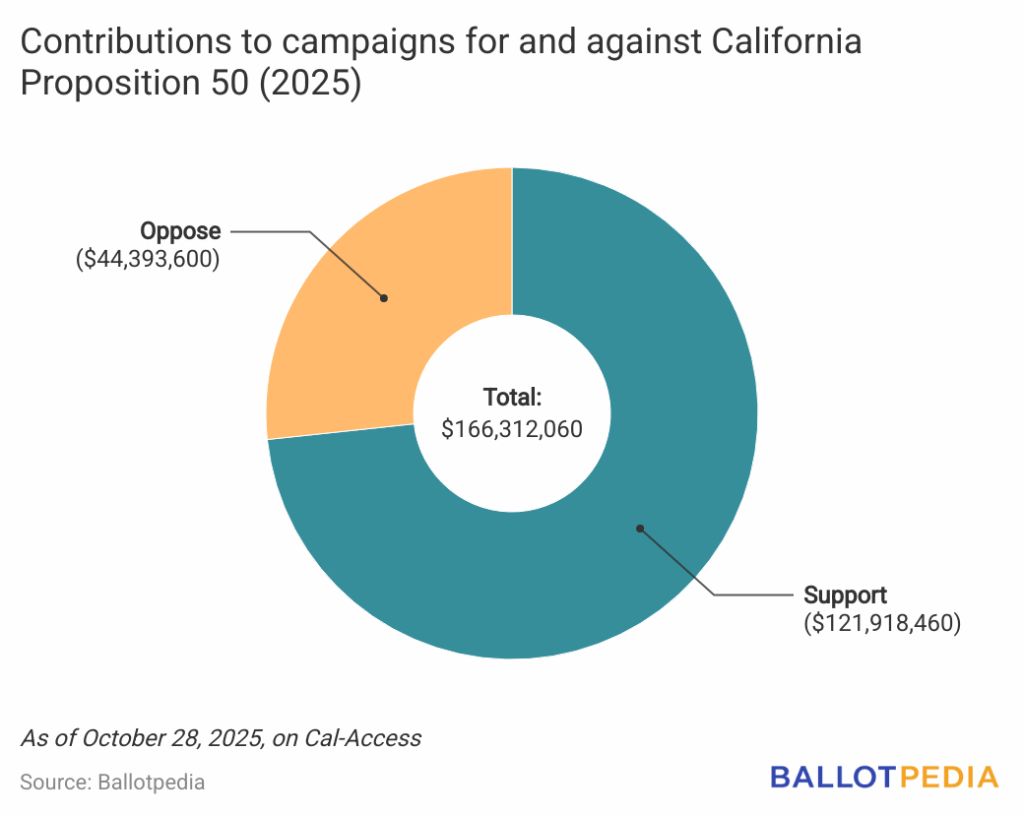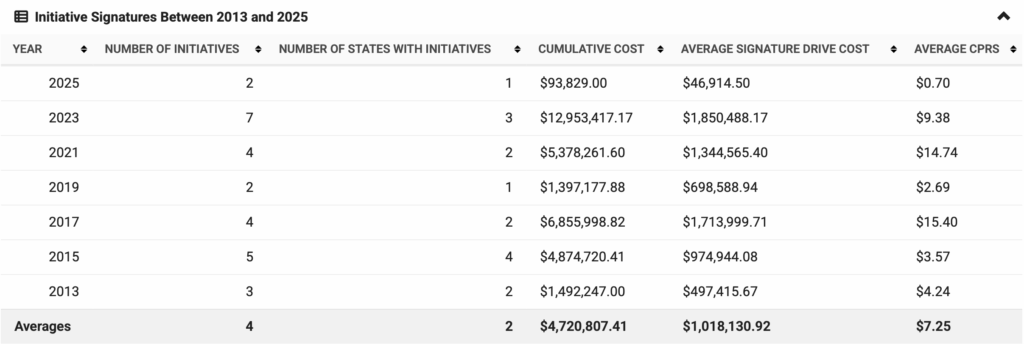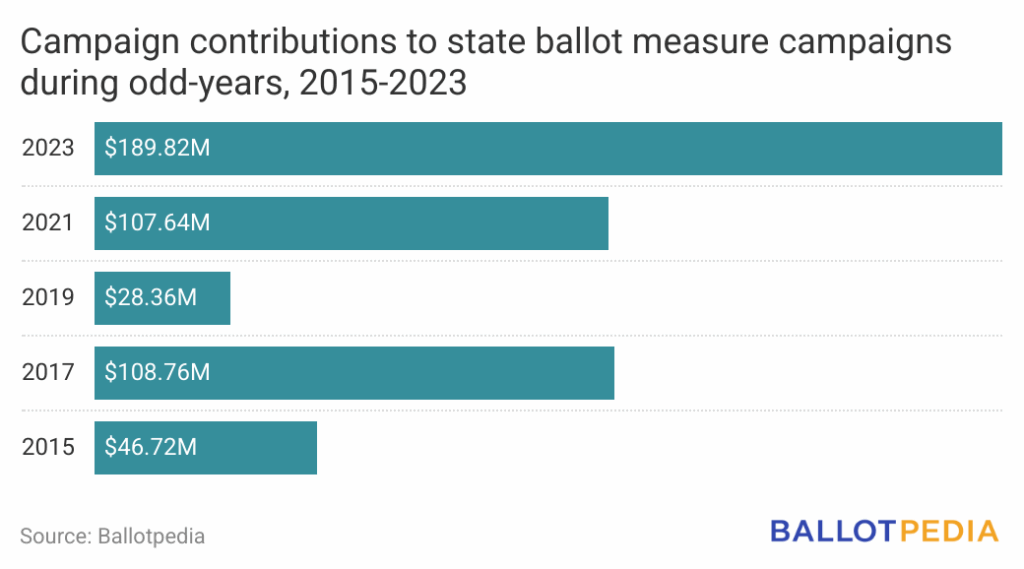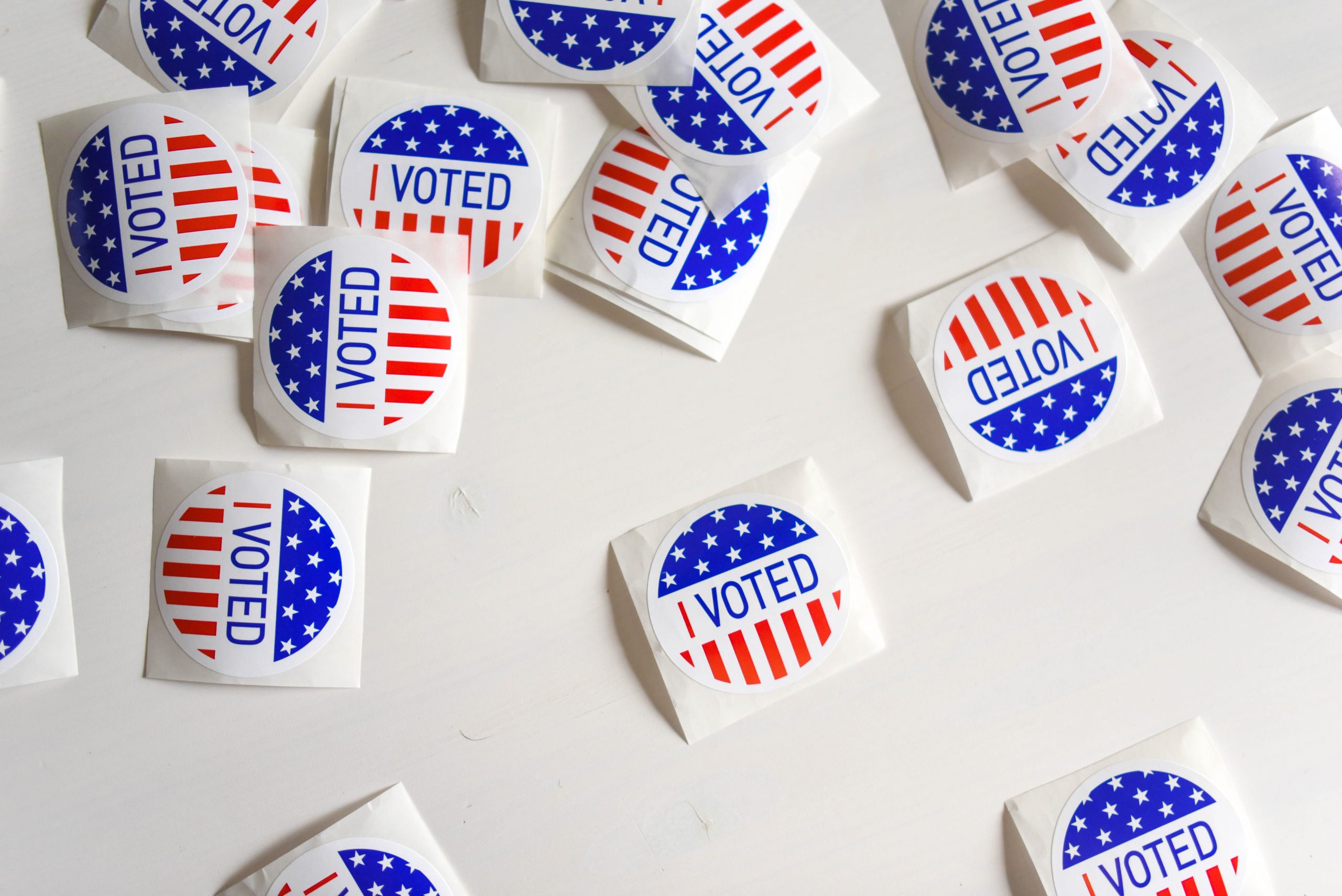Contributions from individuals and groups totaled $178.44 million in support or opposition to this year’s 30 state ballot measures as of Oct. 30.
For 2025, ballot measures were certified in nine states: California, Colorado, Louisiana, Maine, New York, Ohio, Texas, Washington, and Wisconsin. Earlier in 2025, voters in three states—Louisiana, Ohio, and Wisconsin—decided on six ballot measures. On Nov. 4, voters in six states will decide on 24 statewide ballot measures.
Of the 30 measures on the ballot, 13 had campaign contributions either in support or opposition.
The measure with the most contributions is California Proposition 50, which voters will decide on Nov. 4. Prop 50 would authorize the state to use a new, legislature-drawn congressional district map for 2026 to 2030. As of the most recent campaign finance reports, about $166.3 million had been raised for and against Proposition 50. Supporters received $121.9 million, while opponents received $44.4 million.

Prop 50 is currently the fourth most expensive ballot measure in California’s history, and accounts for 93% of all statewide ballot measure spending across all states in 2025. It is also the only ballot measure in California’s top 10 that is about election policy. Other topics for the state's most expensive measures included gambling, business regulations, rent control, taxes, and healthcare.
The top donors in support of Prop 50 are the House Majority PAC/HMP for Prop 50 (which contributed $16.4 million), Fund for Policy Reform, and the California Teachers Association Issues PAC. Tom Steyer also made an independent expenditure of $12.8 million for advertisements supporting Proposition 50. The top donors opposing Prop 50 are Charles T. Munger (who contributed $32.7 million against Prop 50), No on Prop 50 Congressional Leadership Fund, Kevin McCarthy for Congress, and Thomas M. Siebel, Chairman of C3.ai, Inc.
The other most expensive ballot measures of 2025 include Maine Question 1, which would require voters to present photo identification, as well as make changes to absentee voting and the use of ballot drop boxes, and Washington SJR 8201, which would allow the Long-Term Services and Supports (LTSS) Trust Fund to be invested in stocks and other equities.

This year, there are two citizen-initiated measures on the ballot on Nov. 4—both Question 1 and Question 2 in Maine. This is lower than the average number of citizen initiatives in odd years, when about 5 per year appear on the ballot. Combined spending on these two citizen initiatives totals $3.75 million.

Out of both Maine ballot measures, the average cost-per-signature was $0.70. The cost-per-signature is the calculation of a campaign’s total spending on signature gathering relative to the number of signatures required. This is much lower than the averages in other odd-numbered years: $9.38 in 2023 and $3.57 in 2015, the lowest since 2013.

In the case of Maine’s ballot measures, the cost-per-signature for Question 1 was $0, while the cost-per-signature for Question 2 was $1.39.
Previously, in other odd-numbered years, campaign finance contribution totals were $189 million in 2023 and $107.6 million in 2021. The graph below shows campaign finance contributions in previous odd-numbered years.



